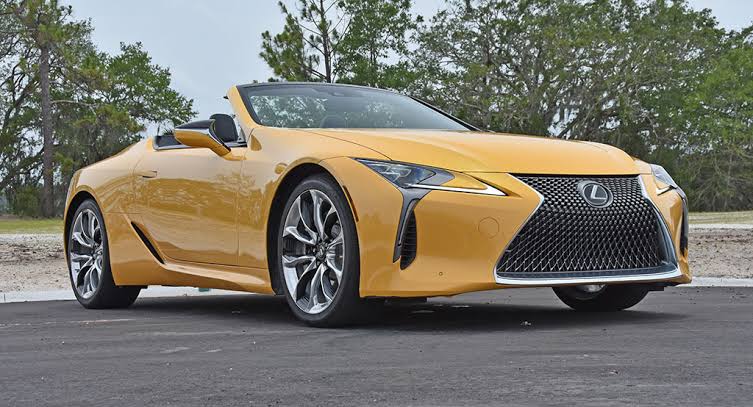In a recent declaration by J.D. Power, the revelations of the J.D. Power 2024 U.S. Vehicle Reliability Study were disclosed, unveiling Toyota’s resurgence to the apex of corporate standings, showcasing a combined assessment of 146 (PP100). A striking highlight was the impressive performance of 16 of 17 eligible Lexus or Toyota models, securing positions within the top trio of their respective segments.

Lexus sustained its supremacy as the industry frontrunner with an exceptional assessment of 135 (PP100), while Toyota rose to the runner-up position overall, flaunting a praiseworthy score of 147 (PP100). Toyota’s ascension to the foremost position in the Mass Market category was particularly notable, credited to advancements spotlighted in the J.D. Power 2024 U.S. Vehicle Reliability Study.

Among the standout performers are several Lexus and Toyota models across various segments, showcasing the brand’s dedication to excellence across their lineup. Furthermore, from sedans to SUVs, each award-winning model reflects the meticulous craftsmanship, advanced technology, and exceptional engineering that define the Lexus and Toyota brands.
Remarkably, over fifty percent of the qualified Lexus/Toyota models (17 in total) garnered accolades, tallying a significant count of nine awards distributed across various segments.
This impressive lineup encompasses a diverse array of vehicles, spanning across multiple categories and showcasing the exceptional offerings from Lexus and Toyota. From the luxurious Lexus ES and IS to the versatile NX and RX SUVs, each model epitomizes premium craftsmanship and cutting-edge technology. On the Toyota side, the rugged 4Runner, the dependable Camry, the iconic Corolla, and the powerful Tacoma and Tundra pickups cater to a wide range of driving needs and preferences, ensuring there’s a perfect vehicle for every driver.
The 2024 U.S. Vehicle Reliability Study draws from insights from 30,595 original purchasers and lessees of new 2021 model-year vehicles, reflecting their experiences over a three-year ownership period. Data collection spanned from August to November 2023.







